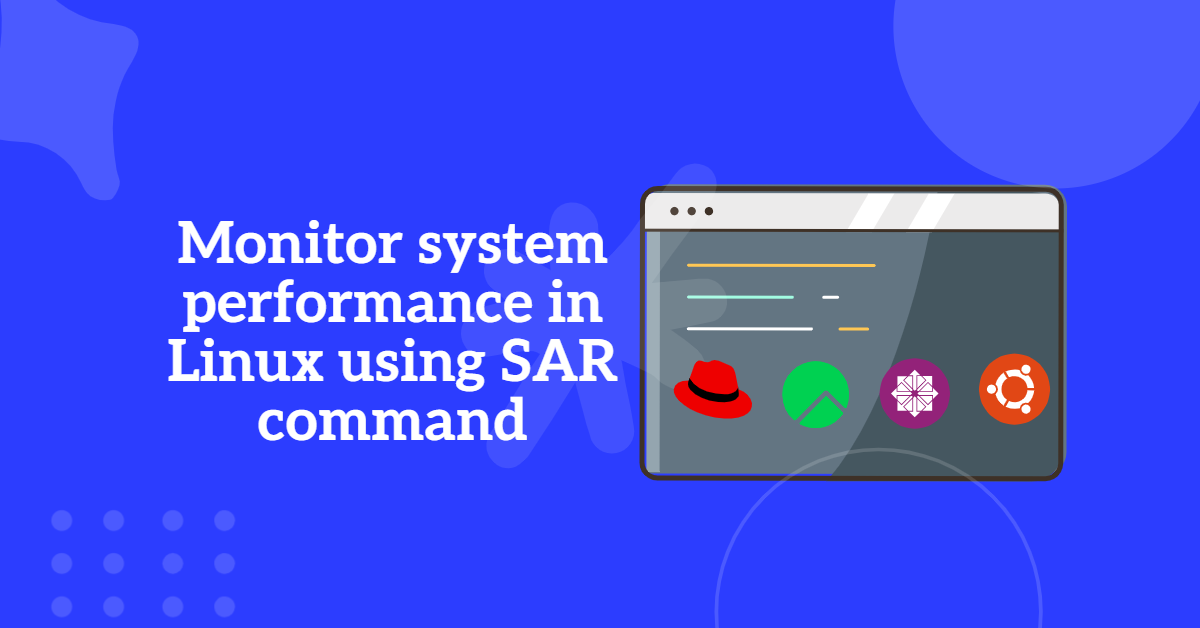
Alias command in Linux serves as a powerful tool for creating shortcuts to commands, significantly enhancing user efficiency and productivity. By allowing users to define simple, memorable keywords that correspond to longer or more complex commands, aliases streamline the command-line experience. This functionality is particularly beneficial for commands that are frequently used or require intricate syntax, as it reduces the effort needed to execute them. In this guide, we will explore the concept of aliases in Linux, how to create them, and best practices for their effective use.
What is an Alias Command in Linux?
An alias in Linux is essentially a custom command that acts as a shorthand representation of a longer command or a series of commands. By employing aliases, users can save valuable time and minimize the risk of errors that often occur when typing lengthy commands. For instance, instead of repeatedly entering a complex command with multiple options, a user can create a simple alias that encapsulates the entire command.
Aliases are typically defined within shell configuration files, such as .bashrc or .bash_profile, depending on the shell being used. This allows users to set aliases that persist across sessions, ensuring that they are available every time the terminal is opened. Additionally, aliases can be defined for the current session, which is useful for temporary shortcuts that do not need to be saved permanently.
Creating and managing aliases can transform the way users interact with the command line, making it more intuitive and less error-prone. In the following sections, we will delve deeper into the process of creating aliases, modifying existing ones, and removing them when they are no longer needed, providing you with a comprehensive understanding of how to leverage this powerful feature in your Linux environment.
Creating Alias command in Linux
To create an alias, you use the alias command followed by the name of the alias and the command it represents.
alias name='command'
For example, to create an alias called ll that lists all files in long format, you would use:
alias ll='ls -la'
Temporary Alias command in Linux
Aliases created using the alias command are temporary and will be removed when you close the terminal session. To create a temporary alias, simply enter the alias command directly into the terminal.
Example:
alias gs='git status'
Permanent Alias command in Linux
To make an alias permanent, you need to add it to your shell’s configuration file. The most common shell configuration files are:
~/.bashrcfor Bash~/.zshrcfor Zsh~/.bash_profilefor Bash login shells
To create a permanent alias, open your shell’s configuration file in a text editor and add the alias command. For example, to add the ll alias to ~/.bashrc:
vi ~/.bashrc
Add the alias to the file:
alias ll='ls -la'
Save the file and reload the shell configuration:
source ~/.bashrc
Now, the alias will be available every time you open a new terminal session.
Read Also | How to Increase Number of Open Files Limit (ulimit) in Linux
Listing Aliases
To see a list of all currently defined aliases, use the alias command without any arguments:
alias
This will display all the aliases that are currently available in your shell session.
Removing Aliases
To remove an alias, use the unalias command followed by the name of the alias:
unalias name
For example, to remove the ll alias:
unalias ll
To remove all aliases, use:
unalias -a
Examples of Useful Alias command in Linux
Here are some examples of useful aliases that you can add to your shell configuration file:
Shortcut for ls Command:
alias ll='ls -la' alias l='ls -l'
Update and Upgrade System (Debian/Ubuntu):
alias update='sudo apt update && sudo apt upgrade'
Git Commands:
alias gs='git status' alias ga='git add' alias gc='git commit -m' alias gp='git push'
Navigate to Common Directories:
alias docs='cd ~/Documents' alias dl='cd ~/Downloads'
Remove Files Safely:
alias rm='rm -i'
Conclusion
Alias command in Linux are a powerful feature in Linux that can simplify command-line usage and improve efficiency. By creating aliases, you can save time, reduce typing, and avoid errors. Whether you create temporary aliases for quick tasks or permanent aliases for commonly used commands, understanding how to create and use aliases can significantly enhance your productivity in the Linux environment.
To get the most out of aliases, experiment with different commands and find which shortcuts work best for your workflow. By customizing your shell environment with aliases, you can tailor your Linux experience to better suit your needs.
Check Alias man page for more detial.




